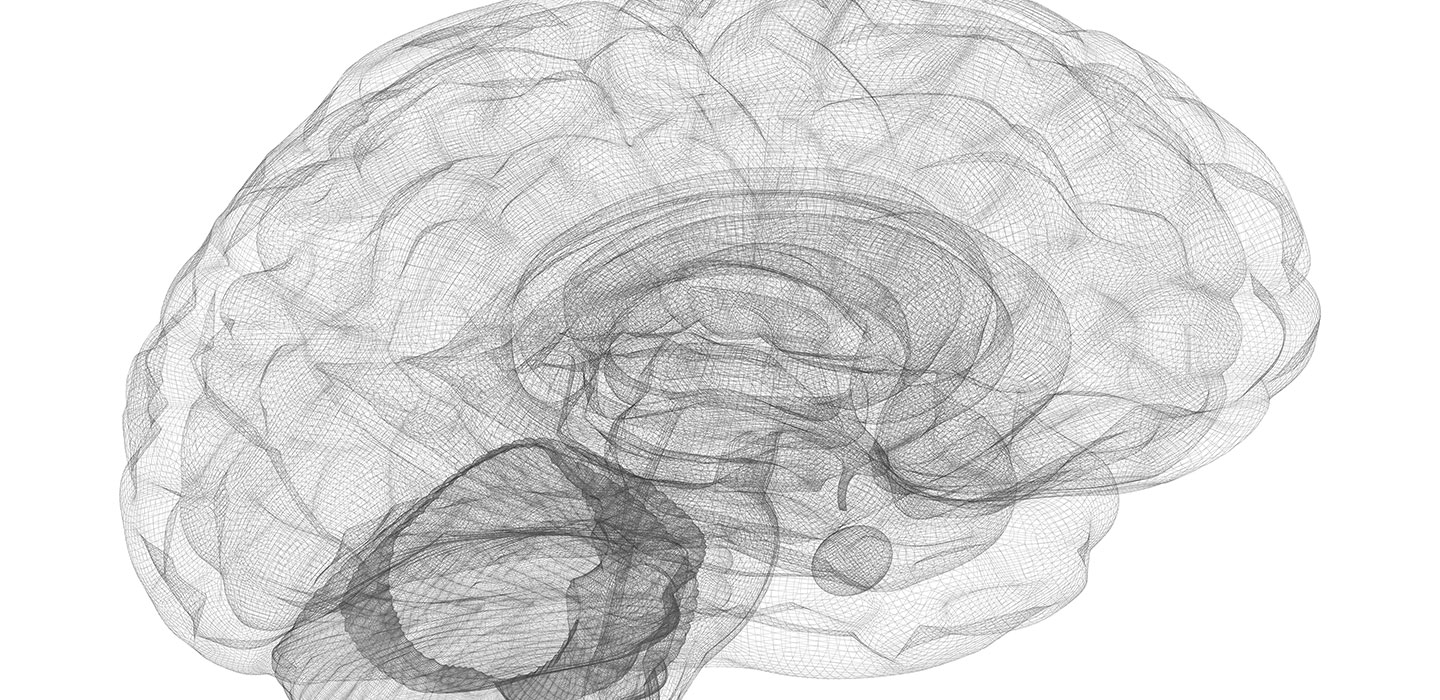Parts of the Brain’s Hippocampus are Diminished in Size in People with Bipolar Disorder
Parts of the Brain’s Hippocampus are Diminished in Size in People with Bipolar Disorder

In people with schizophrenia, the hippocampus, a part of the brain involved in memory and emotion, tends to shrink. Scientists have wondered whether this is also the case in mood disorders.
Now, a team led by NARSAD 2016 Young Investigator Bo Cao, Ph.D., at the University of Texas Health Science Center at Houston, have taken a closer look at the hippocampus in people with mood disorders, comparing the size of specific parts of the brain structure in different groups of patients. Their analysis has revealed that in people with bipolar disorder, certain parts of the hippocampus are smaller than they are in both people with major depressive disorder and in people without mood disorders.
The findings were published on January 24 in the journal Molecular Psychiatry. Jair Soares, M.D., Ph.D., a 1997 and 1999 Young Investigator and 2002 Independent Investigator at University of Texas Health Science Center, was the senior author of the paper.
Although it’s not yet known why these brain areas are smaller in people with bipolar disorder, the findings call researchers’ attention to specific parts of the hippocampus that may be involved in patients’ symptoms. With further study, these areas might become targets of new therapies or be used to monitor patients’ response to treatment.
Drs. Cao, Soares, and their colleagues used a state-of-the-art method called “segmentation” in magnetic resonance imaging (MRI) to visualize the brains of studied subjects with enough details to measure the volume of well-defined regions, or subfields, within each of the brain’s two hippocampi. (Each of the brain’s two hemispheres has a hippocampus.) Scientists think that these subfields in the hippocampus may be responsible for different brain functions.
Comparing the brains of 152 healthy controls to those of 133 people with bipolar disorder and 86 people with major depressive disorder, the researchers found that certain areas (specifically: the cornu ammonis area four, the granule cell layer, the molecular layer, and the tail) were smallest in people with bipolar I disorder than they were in the other groups.
The reductions in size were most severe among patients with bipolar I disorder, a form of the disorder that involves more extreme manic episodes than bipolar II disorder. Certain areas were reduced most dramatically in people who had experienced the most manic episodes.



